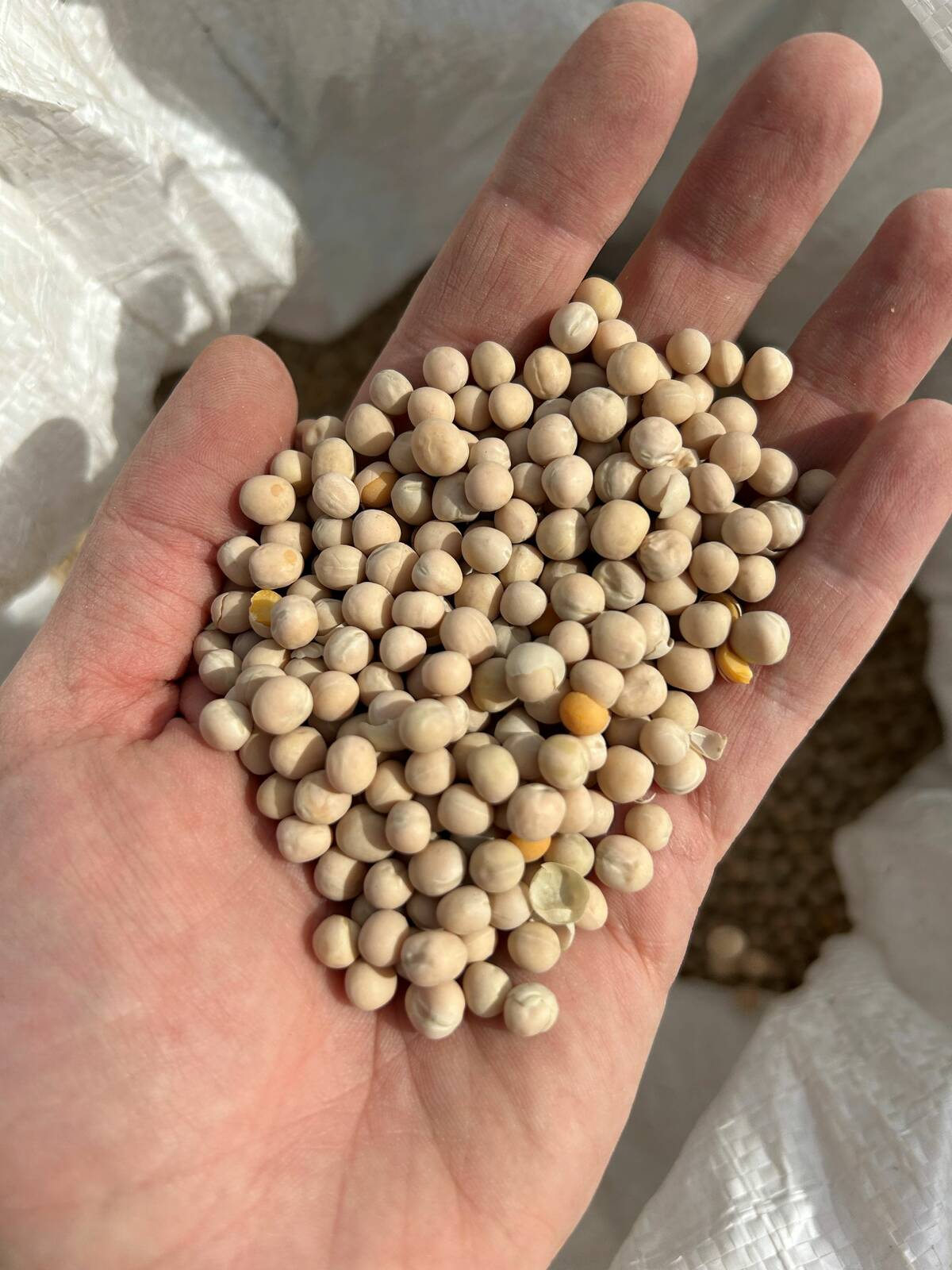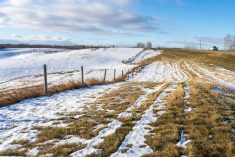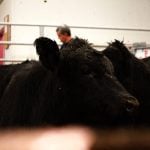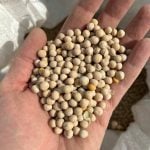CNS Canada — After a dry growing season last year in Western Canada, effects of the drought are still evident with news that most livestock producers won’t be doing a second cut of hay.
“Pastures and hay fields didn’t get the moisture that they needed to really recharge over that winter period and get a good start this spring,” said Trevor Hadwen, agroclimate specialist with Agriculture and Agri-Food Canada in Regina.
The weekly crop report from the Saskatchewan Ministry of Agriculture, released Thursday, stated hay yields were significantly lower than average this year and that most producers had said there would not be a second hay cut this year.
Read Also

Pulse Weekly: Tariffs guide yellow peas in 2025
Tariffs were a major influence on Canadian yellow pea prices in 2025, with levies imposed by China and India. The two countries are Canada’s biggest foreign pulse buyers.
According to Hadwen, livestock feed is the main weather concern for the Prairies currently. Pastures are starting to dry out and areas around Regina, where there were significant dry conditions last year, are starting to face water supply issues.
“We are seeing producers starting to be a little concerned about their feed stocks and being able to get the hay that they need for the year,” Hadwen said.
There is also some concern from grain producers over reduced yield potential due to the dry conditions.
AAFC is now working on gathering information for its monthly drought watch update, due out at the start of August. According to Hadwen, Sasakatchewan is currently seeing very dry conditions from the Regina area south and to the western side of the province. The east side of Alberta is pretty dry.
Conditions are better further north; in northern agricultural regions of Saskatchewan there has been almost too much rain. However, Hadwen said he hasn’t heard of any complaints or concerns from the area.
Conditions in Manitoba have been variable. The eastern side of the province has been very dry throughout the summer.
Low levels of precipitation and soil moisture have affected growth of pastures and forages in “parts” of the province, Manitoba Agriculture said Friday, urging affected producers to discuss strategies with department staff or to consult the Manitoba Hay Listing Service.
“There still are drought impacts within Saskatchewan and Alberta, as well as a little bit of Manitoba. So we do have moderate drought conditions throughout all three of the Prairie provinces, especially in the southern regions,” Hadwen said.
An online survey on the AAFC website is asking producers about the soil conditions in their areas, he noted.
For the first half of August, the Prairies will remain in a relatively dry pattern with normal temperatures in the mid-20s C, according to Bruce Burnett, director of weather and markets information for Glacier MarketsFarm.
Precipitation for much of the Prairies is expected to stick to scattered showers, as the storm track system will be further south.
“I don’t think (there will be) anything major in terms of the way of precipitation either to improve moisture… but the typical temperatures will be enough to maintain crop conditions,” he said.
— Ashley Robinson writes for Commodity News Service Canada, a Glacier FarmMedia company specializing in grain and commodity market reporting. Follow her at @AshleyMR1993 on Twitter.
















